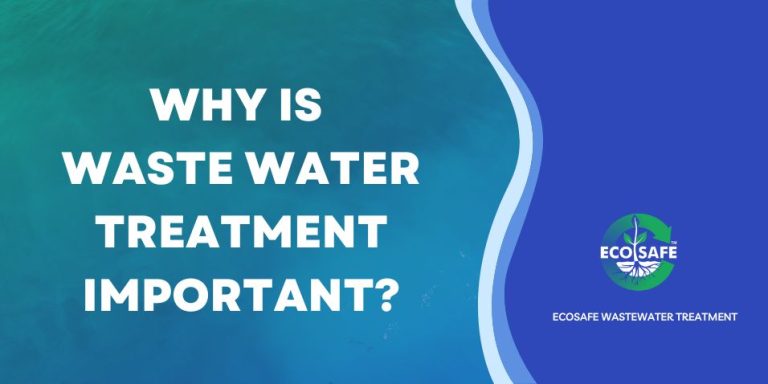How Reclaim Waste can Save You Time, Stress, and Money.
How Reclaim Waste can Save You Time, Stress, and Money.
Blog Article
How Reclaim Waste can Save You Time, Stress, and Money.
Table of ContentsSome Known Incorrect Statements About Reclaim Waste All About Reclaim WasteReclaim Waste for BeginnersSome Known Incorrect Statements About Reclaim Waste Indicators on Reclaim Waste You Need To Know
Residential sewage waste refers to the waste and items from a property septic storage tank. The correct administration and disposal of domestic sewer waste call for liquid waste to be moved to a sewer therapy plant where the correct methods and equipment are used to cleanse and dispose of waste.
Business waste frequently includes potential threats, such as combustible materials or a mixture of fluid and strong waste items, and calls for an advanced and in-depth disposal procedure. The disposal of industrial waste commonly involves the filtering of waste prior to transportation to ensure safe and proper disposal. Industrial waste is created from by-products and runoff of industrial procedures and production.
This type of waste can not use the very same sewer administration transportation or procedures as septic or industrial fluids. The commercial waste administration procedure calls for the inspection and screening of fluid waste prior to it goes through the disposal procedure (industrial wastewater treatment). Drainage waste is the liquid waste that comes from runoff and excess stormwater in highly booming locations or cities
Overflow waste can trigger contamination and flooding if not handled properly. Guaranteeing proper waste management can avoid calamities and reduce ecological damage.
The Definitive Guide to Reclaim Waste
Call PROS Solutions today to learn concerning our waste management and disposal solutions and the appropriate means to care for the fluid waste you produce.
(https://issuu.com/reclaimwaste1)Do you understand what happens to your water when you pull the plug, purge the commode or drain the washing device? No? Well, it's worth knowing. This supposed 'wastewater' is not only an important source but, after therapy, will certainly be launched to our land, rivers or the ocean. Used water from bathrooms, showers, baths, cooking area sinks, washings and industrial procedures is called wastewater.

water utilized to cool down machinery or tidy plant and tools). Stormwater, a form of wastewater, is drainage that moves from agricultural and metropolitan locations such as roof coverings, parks, yards, roadways, paths and gutters into stormwater drains pipes, after rain. Stormwater moves unattended straight to regional creeks or rivers, eventually getting to the sea.
Rumored Buzz on Reclaim Waste
In Queensland, most wastewater is dealt with at sewage treatment plants. Wastewater is delivered from domestic or commercial websites via a system of sewage systems and pump stations, recognized as sewerage reticulation, to a sewage therapy plant. Local federal governments develop, maintain and run most sewer treatment plants. Operators are certified under the Environmental Management Act 1994 to discharge cured wastewater at an acceptable ecological requirement into rivers.
The Division of Natural Resources recommends city governments about managing, operating and maintaining sewage systems and treatment plants. In unsewered areas, regional federal governments might require homeowners to set up individual or house sewage therapy systems to treat domestic wastewater from toilets, kitchen areas, shower rooms and washings. The Division of Natural Resources authorises the use of family systems when they are confirmed to be effective.
In some new subdivisions, therapy of some stormwater to get rid of clutter, sand and gravel has actually started making use of gross toxin traps. Wastewater treatment occurs in four stages: Eliminates strong issue.
Utilizes tiny living organisms recognizes as micro-organisms to damage down and remove useful link remaining dissolved wastes and great particles. Micro-organisms and wastes are included in the sludge.
The 10-Minute Rule for Reclaim Waste
Nutrient removal is not offered at all sewer treatment plants because it calls for pricey specialized equipment. Clear fluid effluent generated after treatment might still include disease-causing micro-organisms - liquid waste disposal melbourne.

This typically means wastewater has actually to be treated or pollutants eliminated before it can be discharged to rivers. Many wastewater flows right into the sewage system. Under the Act, city governments provide authorizations and permits for environmentally appropriate tasks (ERAs) including wastewater launches that might have a neighborhood impact. The division provides approvals and licences to ERAs including wastewater releases that might have a local or statewide influence.
The Best Strategy To Use For Reclaim Waste
Or else, examples are taken for laboratory analysis. Commonly several examinations are needed to develop the levels of each of the various contaminants such as oils, hefty metals and pesticides in water. Monitoring offers factual details regarding water high quality and can confirm that licence problems are being fulfilled. The details acquired through tracking offers the basis for making water high quality decisions.
Report this page